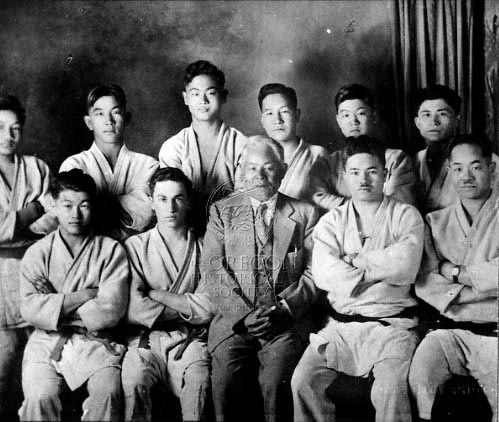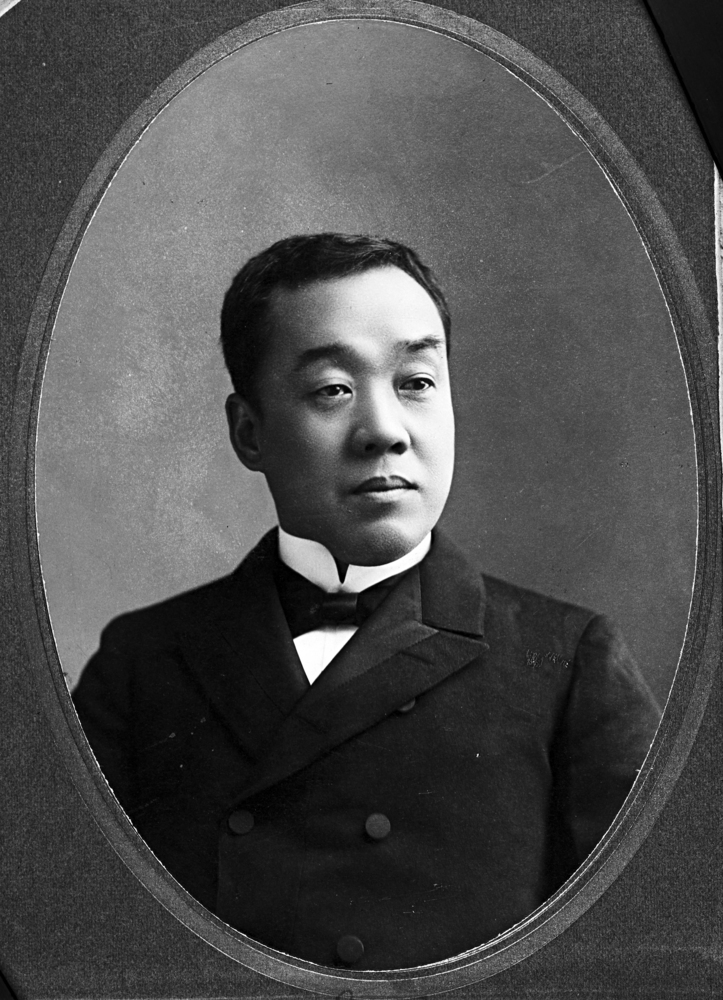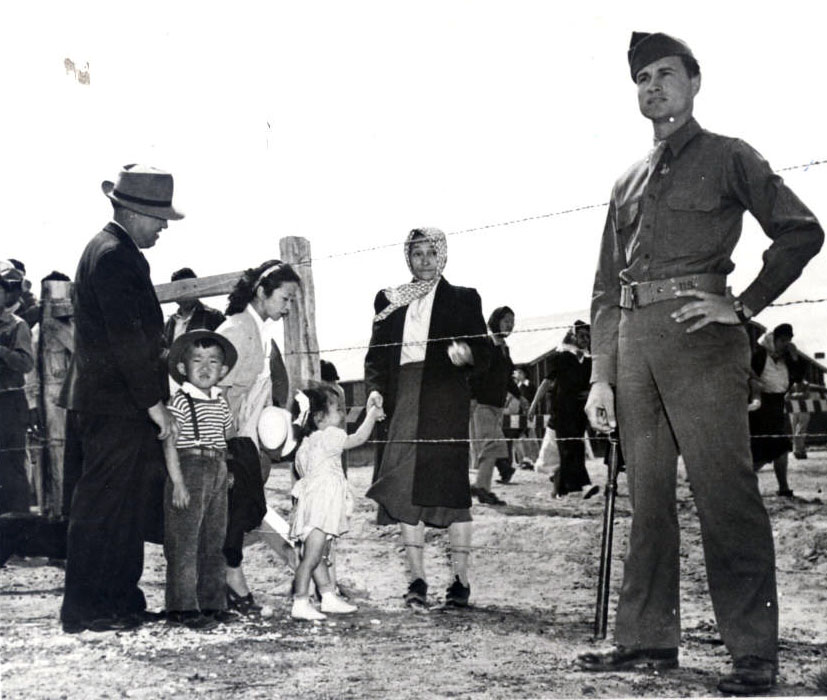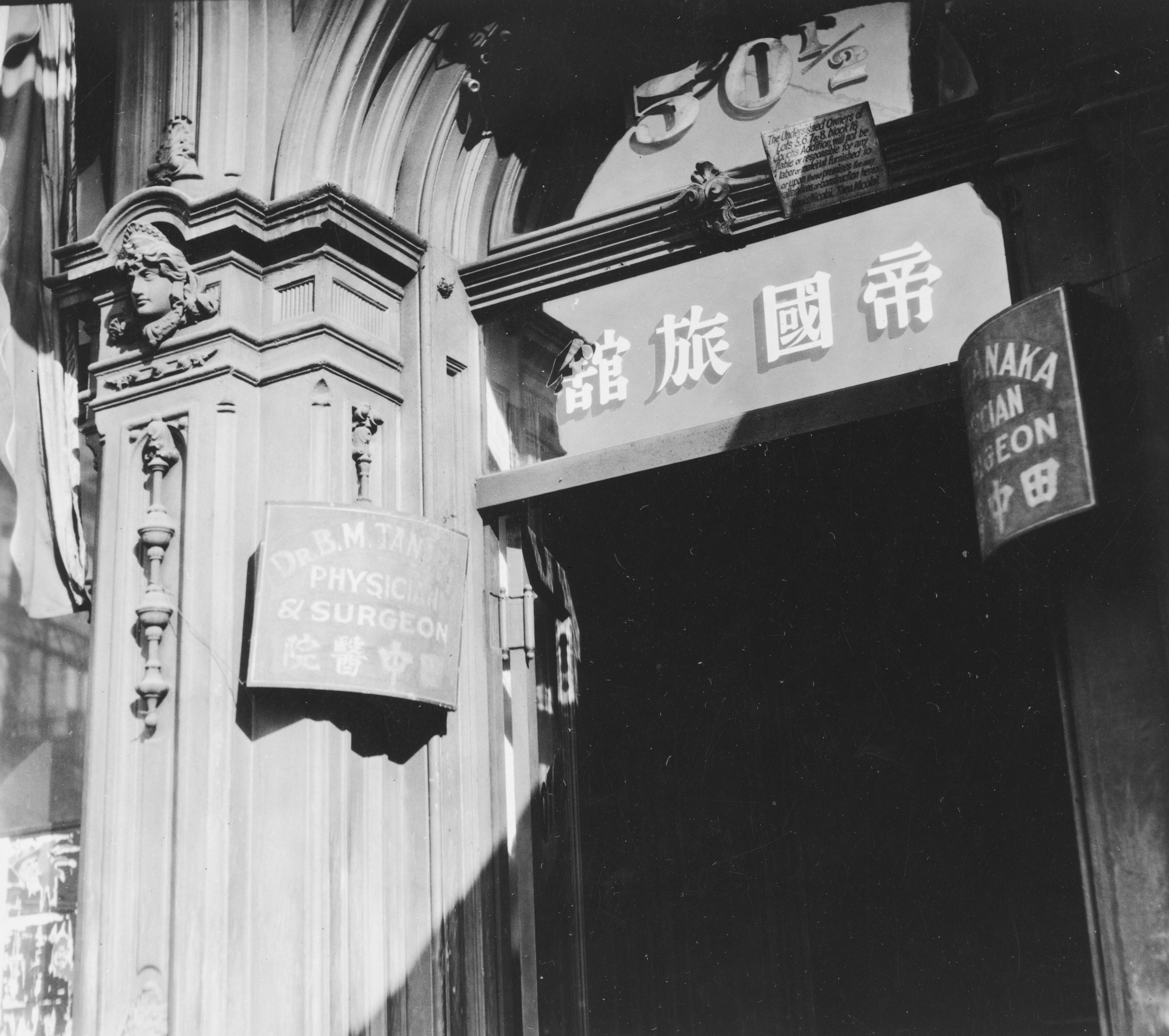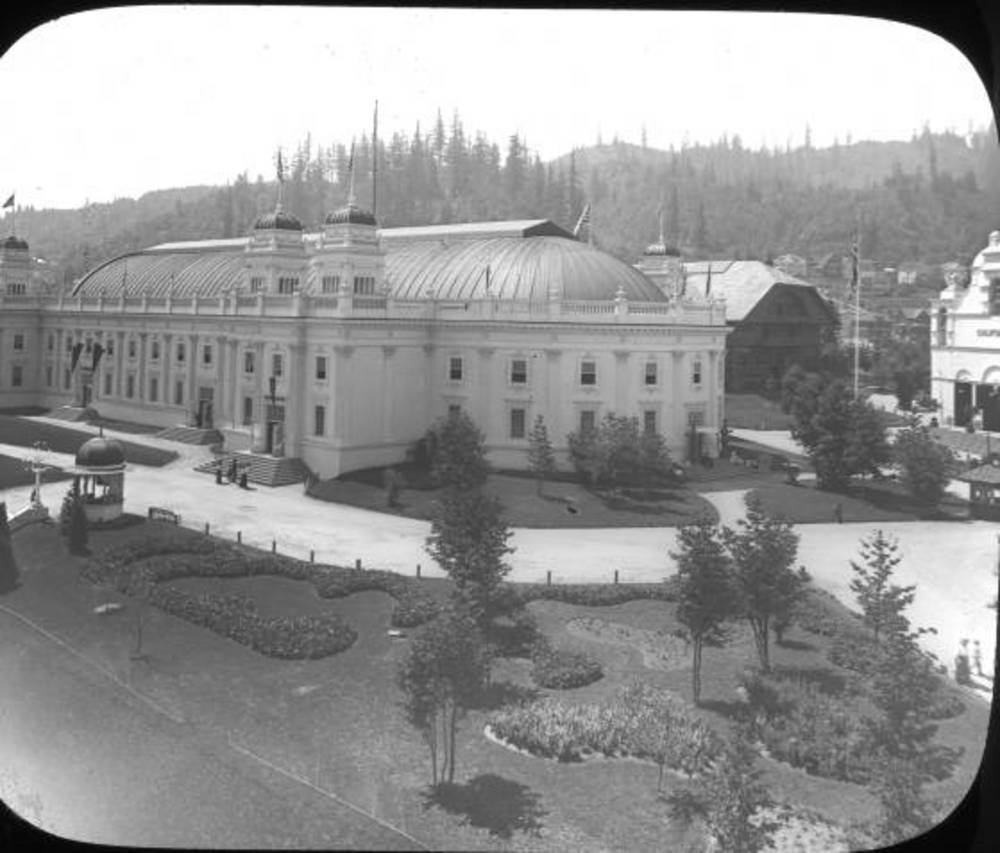Obukan Judo, the oldest dōjō in Oregon, has had a presence in Portland for over a hundred years. A dōjō, which translates as "place of the Way" in Japanese, is a place for practicing martial arts. It was an important part of the Nihonmachi neighborhood (also known as Japantown) during the early twentieth century, providing a place for young Japanese and Japanese Americans to connect with one another and to participate in a sport tied to their heritage. Obukan Judo, which is now in northeast Portland, has a special connection to Jigorō Kanō, the founder of judo, who visited the dōjō in the 1930s and gave the club its name.
The origins of Obukan Judo can be traced to the 1905 Lewis and Clark Exposition, where Bunazaemon Nii (also Bunuyemon), a Japanese chiropractor in Portland with martial arts experience, and Shiroye Sato, an Oregon native, gave demonstrations of Kitō-ryū Jujutsu. A few years later, members of Portland’s Japanese American community approached Nii about forming a local judo club. In 1926, he became head instructor—the sensei (teacher in Japanese)—of the Portland Judo Club, which held weekly classes on the lower floor of the Foster Hotel on Northwest Davis Street and Third Avenue. The club was a place for Japanese Americans to hone their skills and become their best selves on and off of the mat, as is the way of judo, which translates to “the gentle way.”
In Japan, Jigorō Kanō had founded the practice of judo in 1882 from his study of Tenjin Shin’yō- ryū and the Kitō-ryū forms of jujutsu (also known as jiu-jitsu or ju-jitsu). His goal was to develop a martial art into what he called a “martial way,” focused on using deft movements to "throw" opponents on their back rather than using punches or weapons. With a fluid fighting style of "maximum efficiency with minimum effort," judo went hand-in-hand with a philosophy centered on self-improvement and bringing the highest-performing version of yourself to the mat for “mutual benefit.” Kanō Shihan believed the practice would lead to the betterment of society.
Kanō Shihan was Japan’s official representative at the Olympic Games from the 1912 Stockholm Games through the 1936 Summer Olympics in Berlin. During his trip to the 1932 Los Angeles Olympics, he stopped in Oregon to meet members of the Portland Judo Club. When he returned to the city in 1938, the dōjō asked him to give the club a Japanese name. Kanō Shihan chose the characters “O” to represent Oregon; “bu” for bushido, or “way of the warrior”; and “kan” for training hall. He wrote "Obukan" in calligraphy before sailing home to Japan. He died during the passage, and the calligraphy he left for the Portland club was one of his last writings. It continues to be on display at Obukan Judo.
By 1941, there were seven judo clubs in Oregon and fourteen in Washington State. Members traveled to each other’s clubs for competitions, providing opportunities to connect with Japanese American communities in the Northwest. In December 1941, the United States declared war on Japan following the bombing of Pearl Harbor, and the government ordered all Japanese martial arts training to stop. On February 19, 1942, President Franklin D. Roosevelt issued Executive Order 9066, which led to the forced removal and incarceration of more than 120,000 people of Japanese ancestry on the West Coast, including many of Obukan’s instructors and students.
Obukan Judo was revived after the war, when Japanese Americans returned to Portland, largely because of Onchi Sensei. He served in the U.S. Army and taught self-defense and combat techniques to officers at Fort Warren, Wyoming, and then Camp Shelby in Mississippi. Earning the rank of master sergeant, he was a member of the 442nd Regimental Combat Team (formed in 1943) for seven months in occupied Germany, for which he was awarded the Congressional Gold Medal in 2011. He re-established Obukan Judo in Portland in 1953, uniting those who had been practicing judo at the YMCA and Reed College. Onchi Sensei became head sensei and, in time, earned a 9th Degree Black Belt. In 1958, with the support of Mayor Terry Schrunk, he launched the Portland Police Officer’s Judo & Self-Defense program at Obukan.
Professor Masao Ichinoe, a sensei from Japan, made his first visit to Obukan Judo in 1957. He returned for a visit each year, retaining close ties between Obukan and the Kodokan Judo Institute, the acknowledged headquarters of the worldwide judo community. In 1969, Ichinoe’s son, Ichinoe Sensei, moved to Portland as head instructor. That same year, he took first place in the open division of the U.S. National Judo Championships, bringing attention to Obukan. When family business called Ichinoe Sensei back to Japan in 1973, Onchi Sensei led the dōjō from that time until he retired from the mat in 2011. In recognition of his efforts to increase the understanding and practice of Judo across cultures, Onchi Sensei was given the 5th Class Order of the Rising Sun medal in 2002, an honor bestowed by the Emperor of Japan.
Since 2011, Ichinoe Sensei has been head instructor at Obukan. As of 2024, about 125 students of all backgrounds and genders make up the Obukan dōjō. Obukan also hosts free clinics for wrestling teams from Portland-area high schools and provides grant scholarships to cover dues for students unable to afford classes. The lead sensei are volunteers who donate their time.
-
![]()
Obukan Judo club members, 1935.
Oregon Historical Society Research Library, ORHI 48923 -
![]()
Obukan Judo members with Professor Toshiro Daigo (front row, second from the right), 1962.
Courtesy Dwight Onchi
-
![]()
Onchi Sensei with his winning trophy at an Obukan Judo tournament.
Courtesy Dwight Onchi
-
![]()
Obukan Judo members with Kano Shihan, seated in the second row center, 1932.
Courtesy Dwight Onchi
-
![]()
Obukan Judo members with visiting Professor Masao Ichinoe (seated in the second row center), 1957.
Courtesy Dwight Onchi
-
![]()
Obukan Judo students practicing breakfalls (ukemi) at the Russell Street Obukan Dojo location, 1958.
Courtesy Dwight Onchi
-
![]()
Toshio Ichinoe Sensei throwing an opponent in the 1969 National Judo Championships, where he took 1st place in the open division.
Courtesy Dwight Onchi
-
![Seated in the center is visiting Kodokan 9th Dan Sensei Fukushima. Left to right, Sensei Dick Middlebrooks (6th Dan), Obukan Head Instructor, Ichinoe Sensei (8th Dan), Mark Hirota Sensei (6th Dan) and Rod Conduragis Sensei (6th Dan).]()
Obukan high ranking Senseis, August 2024.
Seated in the center is visiting Kodokan 9th Dan Sensei Fukushima. Left to right, Sensei Dick Middlebrooks (6th Dan), Obukan Head Instructor, Ichinoe Sensei (8th Dan), Mark Hirota Sensei (6th Dan) and Rod Conduragis Sensei (6th Dan). Courtesy Dwight Onchi
-
![Writing on top. "Maximum Efficiency
Mutual Welfare and Benefit."
Writing on the bottom:
"Obukan" from right to left.]()
Kano Shihan writings that hang on the wall at Obukan Judo.
Writing on top. "Maximum Efficiency Mutual Welfare and Benefit." Writing on the bottom: "Obukan" from right to left. Courtesy Rod Conduragis
Related Entries
-
![Japanese Americans in Oregon]()
Japanese Americans in Oregon
Immigrants from the West Resting in the shade of the Gresham Pioneer C…
-
![Japanese American Wartime Incarceration in Oregon]()
Japanese American Wartime Incarceration in Oregon
Masuo Yasui, together with many members of Hood River’s Japanese commun…
-
![Japantown, Portland (Nihonmachi)]()
Japantown, Portland (Nihonmachi)
Portland's Japantown, or Nihonmachi, is popularly described as having e…
-
![Lewis and Clark Exposition]()
Lewis and Clark Exposition
Portland staged its first and only world's fair from June 1 through Oct…
Related Historical Records
Map This on the Oregon History WayFinder
The Oregon History Wayfinder is an interactive map that identifies significant places, people, and events in Oregon history.
Further Reading
"History of the Obukan Kendi Dojo." Martial Arts of Yesterday, Today, and Tomorrow!
Kano, Jigoro, and Brian N. Watson, eds., Judo Memoirs of Jigoro Kano. Victoria, BC: Trafford Publishing, 2008.

